Quick Tip: ISO 12800 vs ISO 200 for long exposure
In the comments on a recent post I had a conversation with someone who wondered how I worked out the time required to get a good exposure on my long exposure photos. I shared with him a simple 'trick' that I use, that I find quick and easy ( or quicker and easier than using maths to work it out )
So the basis for this trick is the relationship between ISO and shutter speed, given a constant aperture value. It also relates to the 'measurement' of a "stop", which I will cover in more detail in my next blog.
The rule I use to work out the shutter speed required for a long exposure is this:
the shutter speed in seconds at ISO 6400 is equal to time in minutes at ISO 100
or if your camera only goes down to ISO 200 ( as my Fujifilm cameras do ) then it is
the shutter speed in seconds at ISO 12800 is equal to time in minutes at ISO 200
To explain that further, if you are setting up to take a long exposure photo at ISO 100, put your camera into full manual mode, set the aperture that you will use for the photo, then increase the ISO value to 6400, and take some test shots, adjusting the shutter speed to get a good exposure. Once you have a shutter speed, e.g. 8 seconds @ ISO 6400, then that will equate to a time for the shutter speed at ISO 100, e.g. 8 minutes, to get the same exposure / brightness as the 8 second shot at ISO 6400.
Now to be honest I normally take a couple of test shots at ISO 12800 ( again my final long exposure will be at ISO 200 ) and then I might not necessarily use the formula to give me an exact shutter speed for my long exposure**, but it will give me a good starting point. Also I am normally just making sure that the exposure is not blowing out the sky ( which is normally the brightest part of the scene ) and I am not too worried about the shadow areas.
** there are a lot of other factors to decide on a final shutter speed for my long exposures, the main one being is the scene going to get brighter ( i.e. sunrise ) or darker ( i.e. sunset ) during the length of the shot, and I will shorten or lengthen the shutter speed to suit. The light changes a huge amount during a 8 - 10 minute exposure at sunrise / sunset.
This test shot method works no matter what filters etc you are using as long as you have those filters on when you are doing the test shots as well as the final image.
So here are a couple of test shots and their final long exposures which hopefully demonstrate the idea.





